Analyzing Sony’s PlayStation 4 Pro Hardware Reveal: What Lies Beneath
by Ryan Smith on September 8, 2016 8:00 AM ESTThe Polaris Connection
Meanwhile perhaps the most surprising aspect of Sony’s announcement isn’t the specifications reveal, but rather that Mark Cerny directly referenced AMD’s Polaris architecture, stating that Sony/AMD "adopted many new features from the AMD Polaris architecture." This is a statement that has a lot of ramifications, but also a statement where nuance is critical because it’s so vague.
To examine the Polaris connection, let’s take a step back in how AMD develops their GPU families. While we like to think of architectures as a monolithic thing- that every aspect of an architecture is built specifically for that given architecture – the truth is quite different. Internally, AMD’s GPUs are developed in block fashion; each major functional unit can be developed separately, and AMD can mix and match the two. Typically, but not always, a major discrete GPU generation contains the latest versions of all of these blocks. Meanwhile semi-custom wins can get a lot murkier since the business is based around AMD being able to integrate just the parts that a customer needs.
Polaris is a great example of this. Compared to Fiji (GCN 1.2), AMD revised the command processor, the display controller, the multimedia engines and the geometry processor. Meanwhile the all-important shader cores were technically revised, but in practice other than increased internal memory, they are ISA-identical to GCN 1.2. Finally, AMD did not touch the render backends, the rasterizer, or the work scheduler at all.
This means that Sony can equally pick and choose which parts of the GPU they want to update, which is important given the forward compatibility mandate of the PS4 Pro. Adopting features from Polaris does not mean that this is a full Polaris GPU.
Given the updated specifications of the console, I think it’s safe to assume that AMD has integrated their newer generation display engine and multimedia engine. The former is necessary to add support for HDMI 2.0 – critical for the console’s 4K display capabilities – while the latter is equally necessary to support 4K video decoding, including the most recent HEVC format that 4K services have been preferring.
Beyond that, however, there’s nothing that definitively points to the PS4 Pro’s SoC integrating other, newer components from Polaris. An updated memory controller would make a lot of sense if the memory clockspeeds are higher, but whether the shader cores or geometry engine have been touched are both very good questions. The PS4 has previously been described as using a GCN 1.1-era shader core, so it’s not impossible that it simply uses a larger version of such core (as opposed to Polaris’s GCN 4) to ensure compatibility. Essentially Sony & AMD’s options run the gamut from a truly updated PS4 SoC to a Polaris 10 stuffed into an SoC, and depending on Sony’s technical needs, both options would be valid.
Power Consumption, HDR, & Closing Thoughts
Finally, also on Sony’s official spec sheet is the maximum (“up to”) power consumption of the console. These values aren’t comparable to the TDPs we’re accustomed to with discrete video cards, but they’re useful for intra-PlayStation comparisons.
In this case, Sony has published that the PS4 Pro has an up to power consumption of 310W. We don’t have a similar official number for the original PS4, however its PSU is widely reported as being rated for up to 250W. Meanwhile we do have a similar number for the new slim PS4, which is 165W. So right off the bat we can see that the PS4 Pro’s maximum power consumption is significantly higher than its slim sibling, and still higher than its original 28nm generation counterpart.
Even with the move to 16nm, it’s not possible to improve an SoC in this fashion without increasing the power consumption. The GPU alone offers better than 2x the throughput of the 28nm console, and the Jaguar cores are clocked higher as well. Though it doesn’t look like we’re approaching the extreme power consumption of the likes of the original PlayStation 3, it’s clear that power consumption has gone up for the PS4 Pro, and that relative to the comparable slim PS4, there’s a significant power cost for the console’s much improved capabilities. Which is by no means unexpected, but it’s interesting to see Sony willing to build a bit bigger, bit more power hungry console than what they did with the original PS4.
Meanwhile, it’s worth pointing out that Sony has opted to equip the console with the same 6x BD-ROM drive as used in the other models, meaning that the PS4 Pro cannot play Ultra-HD Blu-Ray discs. Given Sony’s stake in the development of the Blu-Ray standards, this is a bit surprising. From a technical perspective I have no doubts that the SoC is capable of all of the necessary video decode and DRM responsibilities, as the requirements for streaming 4K services are similar, if not higher. So perhaps this is about licensing fees, or drive costs, or just that Sony is betting on the future of streaming over the future of optical disks.
Speaking of video, though I haven’t covered it in depth, HDR is a major focus for Sony as well. PS4 Pro obviously gets it, and thanks to the presence of HDMI 2.0, it gets the best support for it. Going by previous statements from AMD on GPU architectures, PS4 Pro should be fully capable of HDR for gaming, photos, and movies.
And in a surprise announcement, Sony also announced that they are backporting HDR support to the new slim PS4 and the original PS4. Looking again at our chart, we see how this can work: AMD’s older display controller (represented here by the Radeon 300 series) can support HDR, even over HDMI 1.4b. However there’s a bit more uncertainty in just what the older consoles can do with HDR. In the dGPU space, the lack of HDCP 2.2 support has been cited by AMD as one of the reasons their older GPUs can’t support HDR movies. However other Sony statements have indicated that there will be HDR support for YouTube and Netflix on the older model PS4s. So just what are technical limitations and what are contract limitations is not clear. Presumably we’ll have a better answer next week whether the original PS4 has all of the Pro’s HDR capabilities (sans 4K) or if there are further limitations that just haven’t been made clear yet.
Wrapping things up then, alongside announcing the PS4 Pro console, Sony also announced a ship date and a price. A 1TB version of console will be hitting the streets on November 10th for $399, and preorders have already started. This is the same price that the original 500GB PS4 launched at nearly 3 years ago, and $100 more than the new $299 500GB slim PS4. The slim PS4 has of course already been fully disassembled, and it goes without saying that I’m looking forward to seeing what lies beneath the new PS4 Pro once it gets its own teardown treatment.


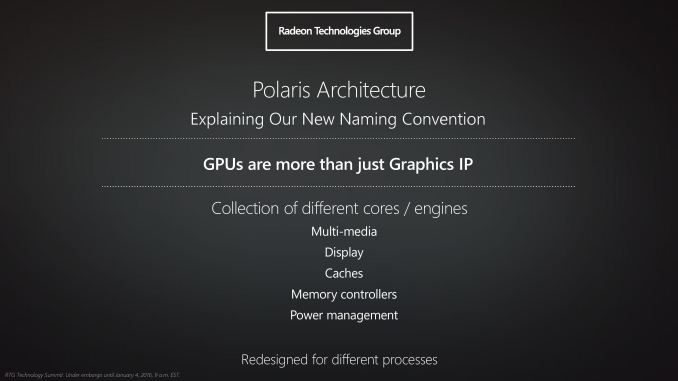
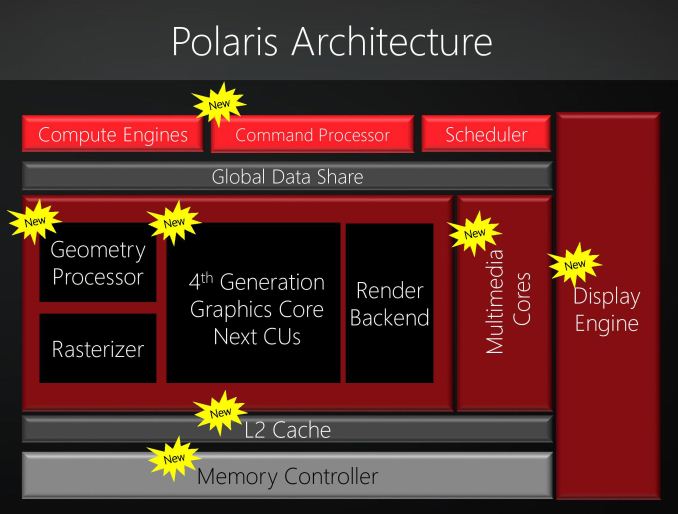
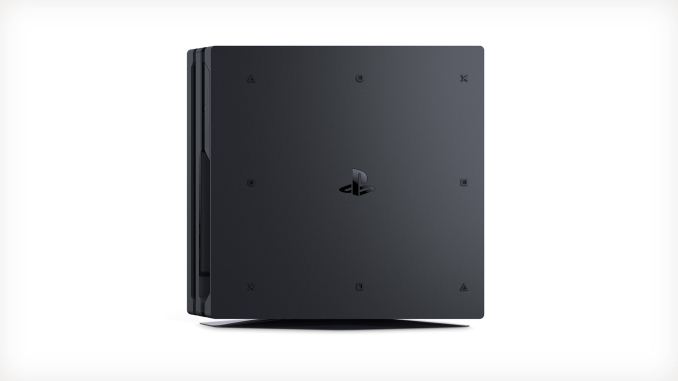
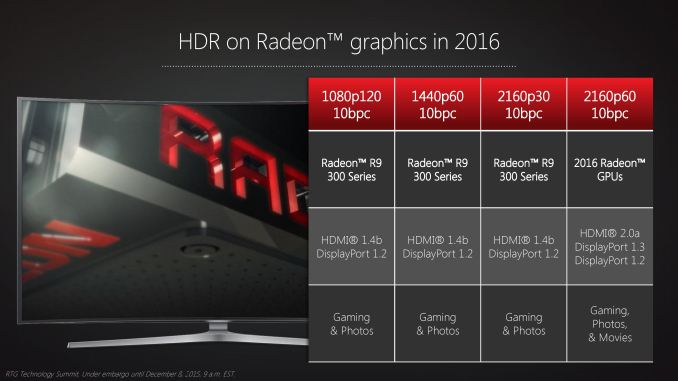
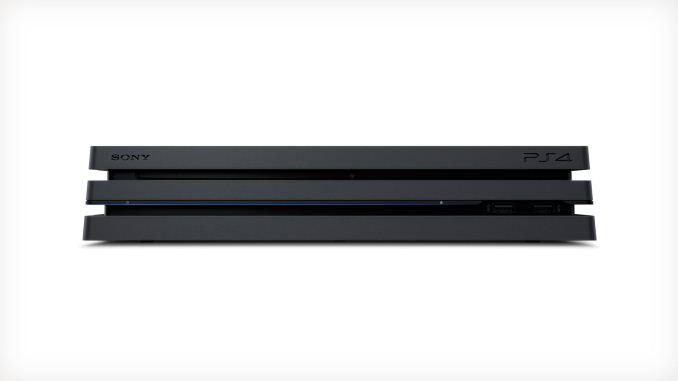








207 Comments
View All Comments
tipoo - Thursday, September 8, 2016 - link
Eh, I can't play Bloodborne on my PC. I'd like to, but I can't. So both machines have uses.Wolfpup - Thursday, September 8, 2016 - link
I think they're both great. I'm still quite amazed by PS4 graphics, and I was amazed by Xbox 360 class graphics for YEARS. (And am kind of amazed that I'm finally no longer amazed LOL)owan - Thursday, September 8, 2016 - link
"Anandtech is not a gaming website"I guess thats why we don't see GPU reviews anymore? I forgot that everyone I know builds PCs for things other than gaming and not the other way around.
Dr. Swag - Friday, September 9, 2016 - link
Maybe it's not that they don't do GPU reviews anymore, but that it takes time to write the best GPU review of any site on the Internet?I suggest you read this if you haven't already: http://www.anandtech.com/home/about/
owan - Monday, September 12, 2016 - link
Sorry, but reviews 2+ months after launch means that the review has become irrelevant. People who wanted one early didn't get the benefit of a review, and people who wait have a lot more info to choose from. I've been reading AT for over a decade... they were the most useful when they provided quality articles in a *timely* manner. PcPer publishes articles when NDA lifts and they're quality reviews... so why can't AT be bothered to attempt the same? I'd wait a week or two, but MONTHS is absurd. I just wish they'd give up the charade and admit that they don't care anymore rather than stringing loyal readers alongToTTenTranz - Thursday, September 8, 2016 - link
"For reference, the fastest desktop Jaguar desktop processor topped out at 2.2GHz."Actually, the A8 7410 Carrizo-L will "turbo" up to 2.5GHz.
Sure, that's a "Puma", though the difference between Jaguar and Puma should (arguably) be little more than the implementation of a "Turbo" mode and higher clocks due to 28nm being more mature.
tipoo - Friday, September 9, 2016 - link
I wonder if the iterative consoles are a bit more puma-ish since the core is largely compatible. Though, consoles aren't the best place for Turbo Boost, consistent performance is more important.Azusis - Thursday, September 8, 2016 - link
No UHD BluRay player? Why? Seems like such an oversight.If I have a 4K TV and want to take advantage of it I can:
1) Buy an Xbox One S for $299 and get updated games and play 4K blu rays on my new TV,
or
2) Buy a PS4 Pro for $400, a UHD BluRay Player for $300, and now I'm out more than twice as much money as grabbing an xbox.
JeffFlanagan - Thursday, September 8, 2016 - link
And then replace the XBox One S with Scorpio when it comes out for >1080p gaming?Sony probably skipped the UHD Blu-Ray player because they expect streaming and downloads to replace plastic discs. It already has for many of us. I own a couple of BluRay players, and have only used them a couple of times. My HD and 4K content comes via the Internet.
doubledeej - Thursday, September 8, 2016 - link
Streaming content isn't anywhere near the quality of disc-based content.